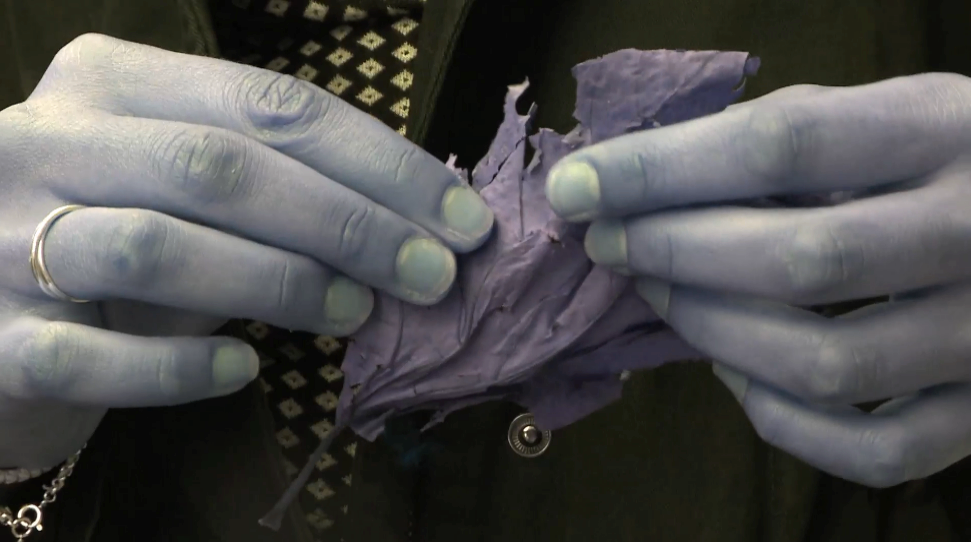Question 1
This clip had a lot of sounds. Some would have been foley and some would have been filmed whilst the footage was recorded. There is a music track, a dialogue track, an effects track, and an atmosphere track. Sounds like the chimes and camera shutter were recorded by foley artists and later put in to the effects track. Where as birds chirping are a part of the atmosphere track and could have either been recorded by a foley artists or whilst the filming occurred.
Question 2
Opt+Cmd+V: Paste attributes – is my favourite key board short cut. I first began colour correction last semester in the short film and this short cut allows you to quickly correct one scene after doing just one clip.
Shift+Cmd+/: Duplicate – Is another great one as it saves time to duplicate shots so I can play around with the copy and not affect the original. Also useful for colour correcting.
Cmd+R: speed/duration: I always spend ages looking for this so it saves time as all keyboard short cuts do. I always seem to be speeding things up or slowing them down for some reason so I use this a lot.
Cmd+/: Bin – I began using bins last semester after Paul made me pretty much. They are really useful and made me feel more organised while editing and i knew where everything was.
Question 3
“From a distant gaze …” (1964) directed by Jean Ravel
In the beginning I was intrigued by the shot construction and editing. A shot that moved from left to right followed a shot that moved from right to left and so on. It stopped the film feeling like it was spinning in circles and highlighted the busyness of the city. It also allowed the viewer to notice when a shot was changed. It immediately becomes apparent that the overall theme of the film is movement. People walking, cars driving. This was in the shot movements, the subject’s movements and the editing. There was pacing to the film that began fast and slowed down and then changed through out the film.
Question 4
Week Nine’s reading is (63-73) from Documentary storytelling for film and videomakers by Bernard Curran.
“Filming real life is a constant struggle to distill realtiy into a meaningful subset of itself, into the telling moments, the telling gestures, the lines of dialogue that will suggest the rest of the scene without actually having to see the rest of the scene”
This is a point I found particularly interesting. In our documentary we filmed my grandmother retell the story of how she met my grandfather – one of my favourite love stories of all time. I have heard her for years talk about my grandfather. I have seen her with my grandfather and I have seen her without my grandfather. I am very aware of their relationship and as she says it was ‘true love’. To record and show in a 5- 10 minute documentary, what I have heard my whole life is extremely difficult. To record and show what my grandmother lived through is pretty much impossible. So it became a challenge to express the reality of this story through the little moments my grandmother told and her gestures and lines of dialogue. I had heard a lot of stories so I got her to talk about the moment where I thought beautifully summed up their life together. Her passion about the topic brought on beautifully crafted lines of dialogue that I know I will use in the final cut. Her gestures also show how much she cared about him, which then affected everyone else’s gestures in the documentary.

